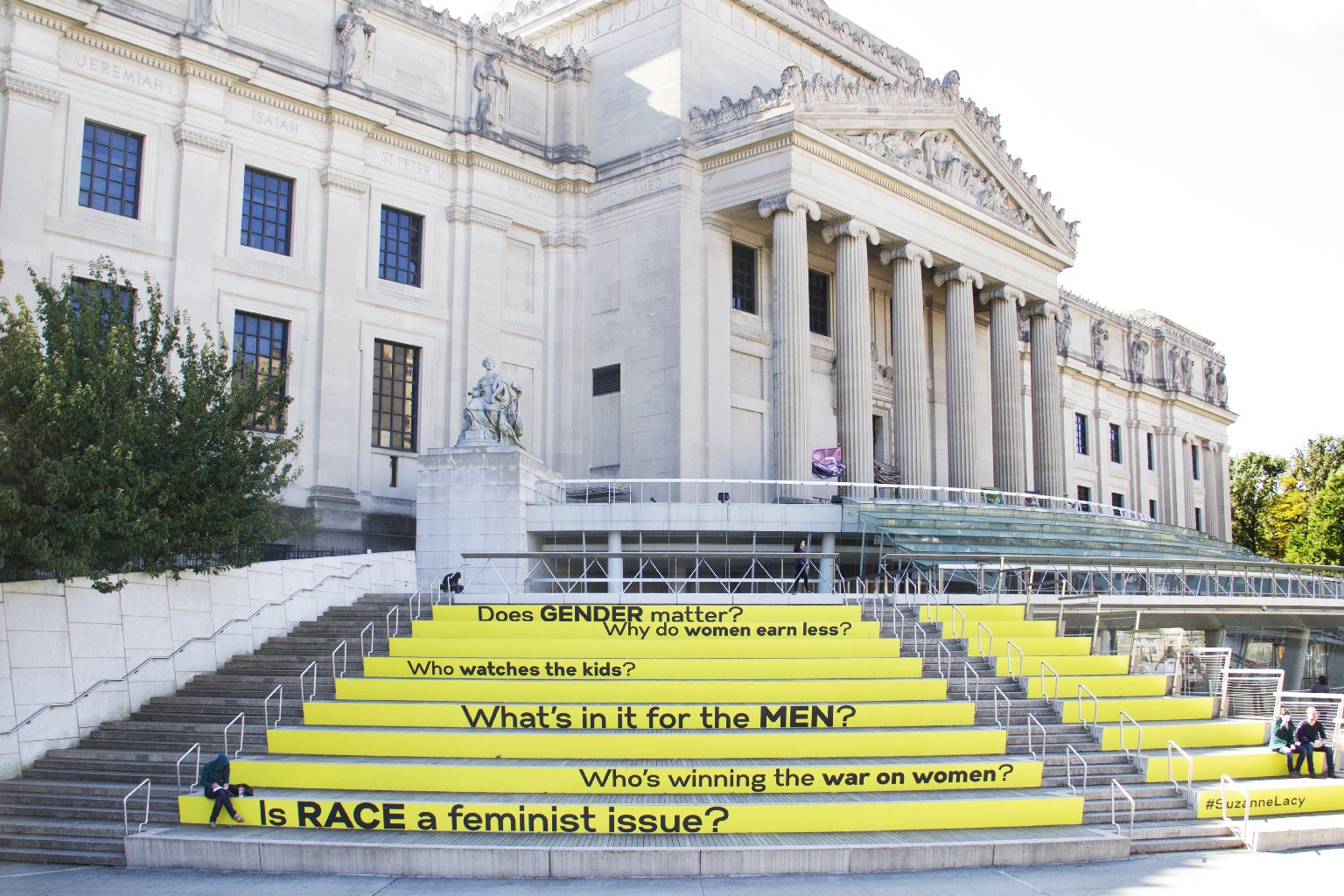The New (un)Rules of Public Art
I remember reading The New Rules of Public Art sometime last year, not long after Situations UK published them. I liked them at the time. There were a couple of things that I didn’t quite agree with. I also recently wrote about my misgivings about Situations UK’s recent Folkestone Triennial commission Folkestone Gold so revisiting ‘The Rules’ seemed like a good idea when I was asked to think about them for a forthcoming event (more later). I have and these are my thoughts…
I don’t like rules. I like some rules Dogme 95’s ‘Vow of Chastity’ (ten rules). I don’t like The Ten Commandments.
‘The Rules’ – there are twelve – read like an old-new (post)modernist manifesto for (un)thinking some of the concrete thoughts cast solid by years and years of state and local government ‘investment’. Flimsy pillars reifying regeneration. Situations presentation is, as ever, flawless and beautifully illustrated. ‘The Rules’ make for convincing reading. I like the alternatives they offer – not original but concise. For me, old public art, with its endless production of ‘permanent’ works, is akin to the state’s current preoccupation with ‘investment in bricks and mortar’ – both approaches see permanence as ‘value for money’. The trouble, for me, is that in public art and public arts buildings, the investment required is huge; maintenance costs spiral; the shimmer soon fades – time for another facelift. Situations manifesto suggests (but does not explicitly state) that temporal, impermanent public interventions can often make big impacts – different impacts. Temporal public art also cost a lot less money and can constantly mutate and renew. It’s responsive and reflexive. It creates a vibrant cultural scene that surprises people, engages people. There are no landmarks in the landscape of New Public Art.
‘The Rules’ is full of incitements. This is a practice based upon the delightful and unsettling; ‘here-day-gone-tomorrow’; ‘uncertainty and rethinking’; the ‘unforeseen’ and ‘unusual’; ‘transformation’; and ‘interruptions’. Places where ‘outsiders’ are welcomed into worlds were not all may not be as it seems; where, devoid of maps, it is easy to get lost; where notions of truths do not matter. I like this world. I like this way of practicing not just public art but also socially engaged art – social practice. In this way, social practice (at least when done in public spaces) is public art – possibly New Public Art. But this is not the focus for ‘The Rules’. They are about artist-led practice – not social practice. This is absolutely fine, but, for me, I would expand ‘The Rules’ to include people-led public art.
To open the rules to all forms of public art practice would require changing (or broadening) two of the rules in particular: rules four and eight. I would like to clarify why I am not comfortable with these rules by stating them below in full then very briefly commenting on each.
Rule no. 04
DON’T MAKE IT FOR A COMMUNITY. CREATE A COMMUNITY.
Be wary of predefining an audience. Community is rarely born out of geography, but rather out of common purpose – whether that be a Flatbread Society of farmers, bakers and activists building a bakehouse or 23,000 citizens across 135 countries writing a constitution for a new nation. As Brian Eno once said, “sometimes the strongest single importance of a work of art is the celebration of some kind of temporary community.”
The idea of artists or art or cultural policy being able to ‘create a community’, whether temporal or permanent, is idealistic and ideologically unsound. It is not our job to create communities; nor should we make work ‘for a community’ or predefine audiences (or, for that matter, participants). For me, we create work with individuals - sometimes communities, more often groups. Whether artist-led, process-led, people-led, whatever, we do not make places or communities. We do create spaces – temporal or otherwise.
Rule no. 08
SHARE OWNERSHIP FREELY, BUT AUTHORSHIP WISELY.
Public art is of the people and made with the people, but not always by the people. Artists are skilled creative thinkers as well as makers. They are the charismatic agents who arrive with curious ideas – a black pavilion could be barnraised in a Bristol park, a graveyard could be built to commemorate the Enrons and West India Companies of our fallen economy, the sounds of a church organ might bleed out across the city through a mobile app. Trust the artist’s judgment, follow their lead and invest in their process.
Firstly, I have problems with notions of both ‘ownership’ and ‘authorship’, but that is another discussion. For me, people should always challenge ‘the artist’s judgement’, not trust it; work together rather than following ‘their lead’; otherwise, why ‘invest’ (another problematic term) ‘in their process’?

Between the Door and the Street, Suzanne Lacy, Installation at the Brooklyn Museum, 2013
These issues are easily resolved. My discomfort with these two rules was easily resolved when I now think back to the realisation I had when I first read ‘The Rules’: isn’t this just new genre public art-lite? The ‘lite’ relates to the omission by Situations UK of socially engaged practice – politics and activism stripped bare. The New Rules of Public Art are actually, then, the old rules of new genre public art (championed by Suzanne Lacy, amongst others), sanitised for state and local government consumption; participatory in the very loosest sense of the word.